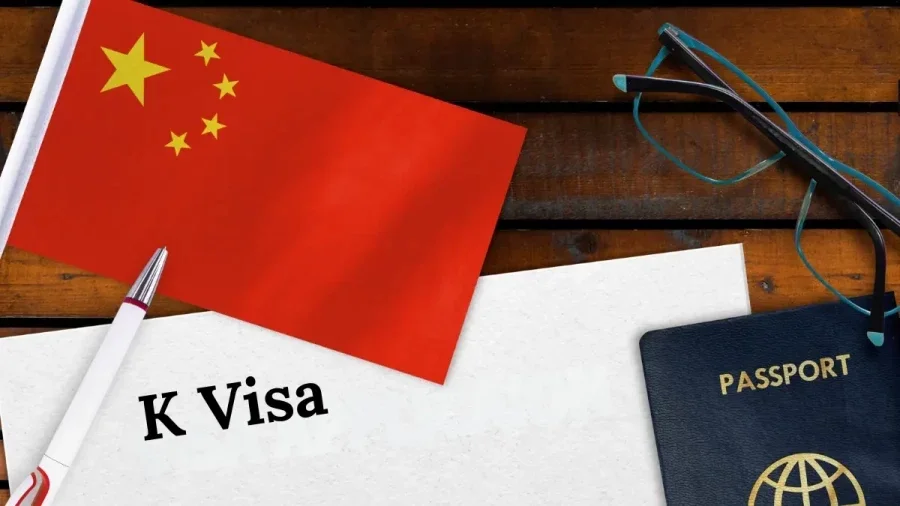China rolls out its K visa on September 29, 2025, aiming to draw young foreign STEM graduates. The move counters U.S. visa restrictions, boosting Beijing’s edge in global tech rivalry.
K Visa Details
Announced in August, the K visa allows entry, residence, and work without a job offer.
It targets science, tech, engineering, and math graduates, offering a flexible alternative to the U.S. H-1B visa, which now costs companies $100,000 annually.
U.S. Policy Shift
The U.S. H-1B visa, capped at 85,000 yearly, requires employer sponsorship and a lottery. Its new fee, set by the Trump administration, pushes applicants toward options like China’s K visa.
“China’s timing is spot-on,” said analyst Michael Feller.
Global Competition
South Korea, Germany, and New Zealand also ease visa rules for skilled workers. China’s program signals openness, unlike U.S. tariff-driven trade barriers, said immigration expert Matt Mauntel-Medici.
Challenges Ahead
The K visa lacks clear rules on age, education, or work experience. It offers no details on residency, family sponsorship, or incentives.
Mandarin dominance in China’s tech firms could limit non-speakers, especially Indian applicants, who led H-1B approvals in 2024.
China’s Strategy
China has focused on luring back its diaspora with bonuses up to $702,200. The K visa now targets global talent, particularly from India, though political tensions may cap applicants.
“China must make foreign workers feel valued,” Feller noted.
Why It Matters
With only 1 million foreigners in China versus 51 million in the U.S., the K visa is a small but strategic step. It could enhance China’s tech innovation by attracting global talent in 2025.
Outlook
The K visa’s success hinges on clear guidelines and inclusivity. If effective, it could shift tech talent flows, strengthening China’s global standing.























